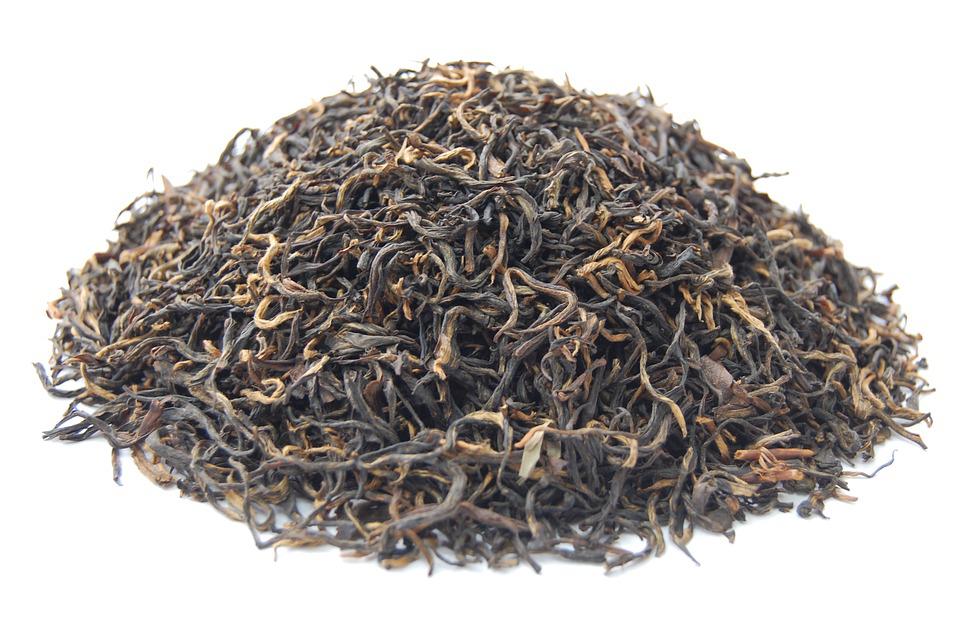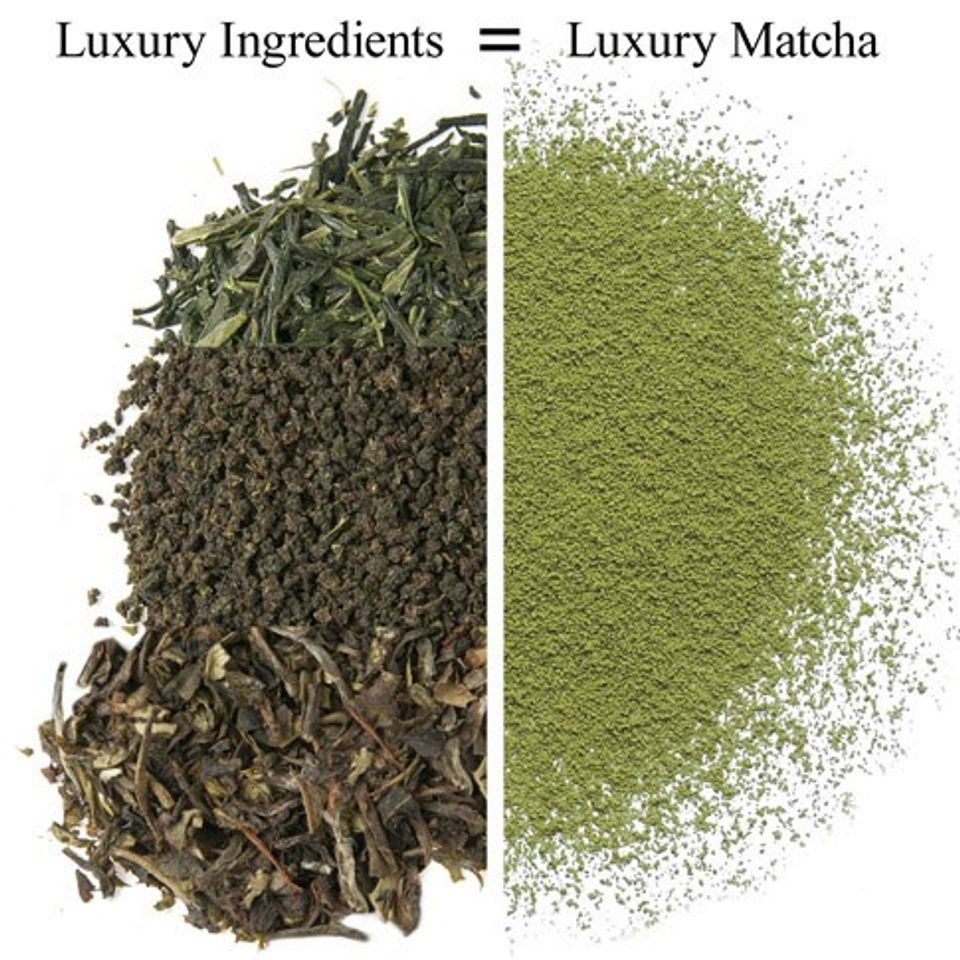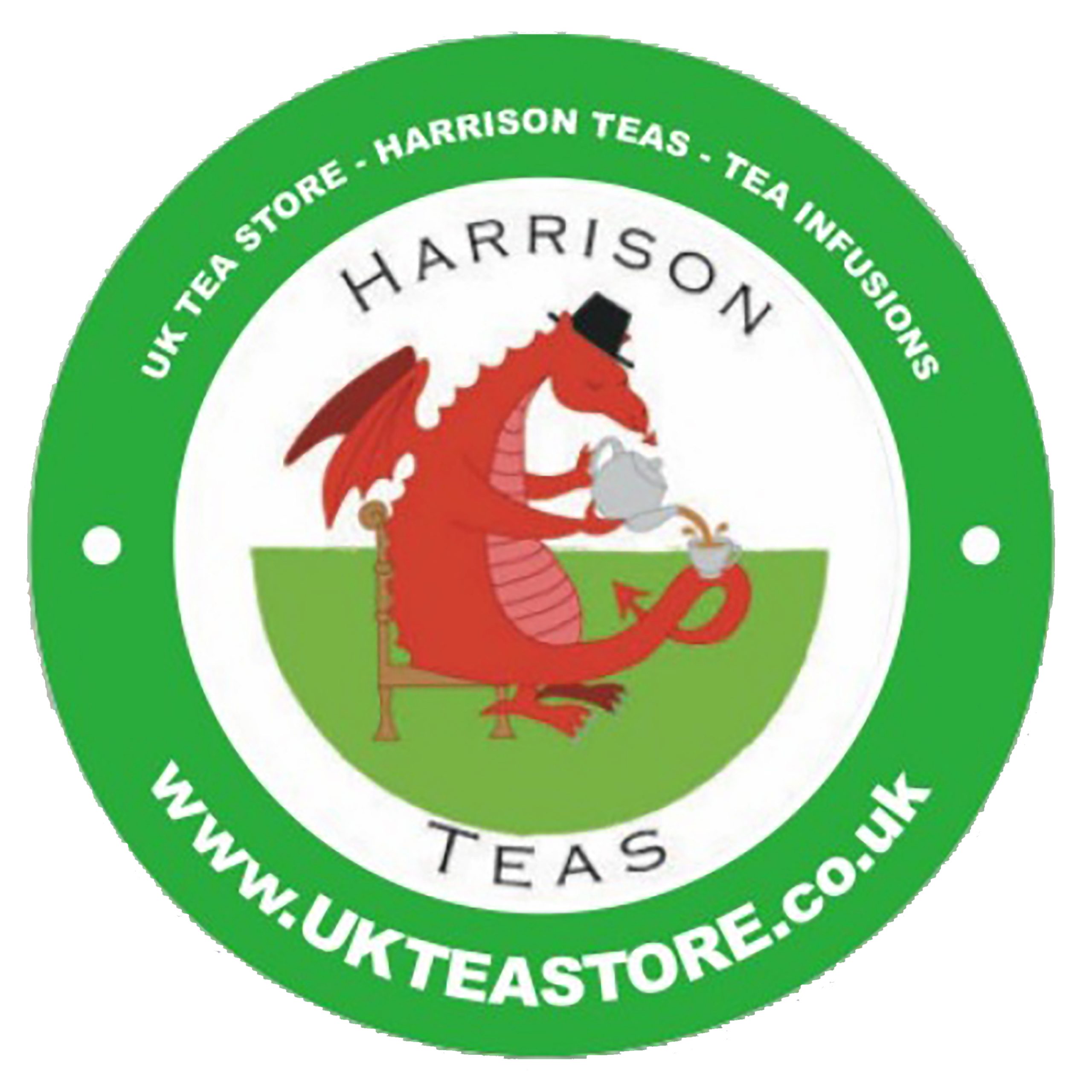
Orthodox Black tea
Orthodox black teas are classified into grades to clarify the appearance of the leaves.
However, this classification does not reveal anything about the physical taste of the tea – this can only really be done by experienced tea tasters, but it does let you know the level at which the tea estate grades the leaves for their size and appearance.
This internal grading is always relevant to the individual tea estate and is not a general grading by which to buy. For example, a does not make the leaf equal to a TGFOP grade with another tea estate, but rather indicates the grade that estate has given the leaf.
This grading is used around the world where the British system of naming has been adopted and including India Sri Lancia ( Ceylon) & Africa.
The current Orthodox and CTC (Crush or Cut, Tear, Curl) black tea leaf grading terms are shown in the chart below:
| lowery Orange Pekoe (FOP) | Denotes tea from the end bud and first leaf of each shoot. FOP contains fine tender young leaves rolled with the correct proportion of tip. The word pekoe is thought to be of Chinese origin referring to the silver hairs found on the young buds, whilst the word orange does not have anything to do with the flavor of the tea, but one suggestion is the Dutch East India Company may have marketed the tea as “Orange” to suggest a royal endorsement from The Dutch royal House of Orange-Nassau. |
| Golden Flowery Orange Pekoe (GFOP) | This is FOP but with ‘golden tips’ which are the very ends of the golden yellow buds. |
| Tippy Golden Flowery Orange Pekoe (TGFOP) | This is the same as FOP but the T for Tippy denotes a large proportion of golden tips present in the tea. |
| Finest Tippy Golden Flowery Orange Pekoe (FTGTOP) | This is excellent quality FOP |
| Special (Superior) Finest Tippy Golden Flowery Orange Pekoe (SFTGFOP) | This is as good as it gets! This is the very best FOP. The term ‘Superior’ is often used when describing other types of tea to denote the best quality within that tea. |
| Orange Pekoe (OP) | This kind of tea rarely contains ‘tips’ but has larger leaves than found in FOP that has been harvested when the buds open into leaf. |
| Pekoe (P) | This tea contains shorter leaves than OP, often much less fine. |
| Flowery Pekoe (FP) | Leaves for this classification are rolled into balls. |
| Pekoe Souchong (PS) | Contains shorter, coarser leaves than P |
| Souchong (S) | Most often, this term is associated with China’s smoked teas and describes large leaves that are rolled raggedly lengthwise. |
| Broken Leaf Grades | Broken leaf grades are divided into many categories but can best be identified by the last three letters ‘BOP’ – meaning Broken Orange Pekoe. There are many variations as for leaf grade, but the letter meanings are the same i.e. GFBOP means Golden Flowery Broken Orange Pekoe etc. |
| Fannings/Fines or Dust | These are teas made up of the finest siftings and are mainly used in blends for tea bags requiring a quick brew. Their presence is denoted by the letter ‘F’ for Fannings e.g. BOPF – Broken Orange Pekoe Fannings, or ‘D’ for Dust e.g. PD – Pekoe Dust. |
| CTC Grades | BP – Broken Pekoe, PF – Pekoe Fannings, PD -Pekoe Dust, F – Fannings, OF – Orange Fannings, GOF – Golden Orange Fannings, D – Dust, D1 – Dust 1, D2 – Dust 2, RD – Red Dust. |
Tea Leaf Grading Terms In Other Tea Growing Regions
China
In China, primarily, tea leaves are identified by the region they were grown in, the time of year when the leaf has been harvested the method of manufacture, and the type of leaf used. In addition to this basic identification, the tea naming will also include reference to the tea’s mythical origin or tradition associated with the tea, for example, Golden Monkey Black Tea
A numbering system of grading is sometimes used using numbers 1 – 5 where 5 is the lowest grade and 1 is the highest.
Taiwan
Formerly known as Formosa, Taiwan is renowned for the quality of Oolong tea. Leaves are often identified by the growing region and also descriptive words from Good to Fancy to Super Fancy or Super Fine to Superior, Finest to ‘Top Super Fancy’ as is the case with Oriental Beauty Oolong Tea.
Japan
Tea naming in Japan indicates when the tea was picked and what sort of tea it is. For example, Sencha denotes a leaf picked in Spring whereas Bancha is the name given to a Sencha style leaf but picked later in the season, like a 2nd flush. Gyokuro is the name given to tea leaves that have been grown under shade picked in the early Spring and a Hoicha is roasted green tea using a leaf that has been roasted using a 3rd flush Bancha style leaf, Sanbancha..

